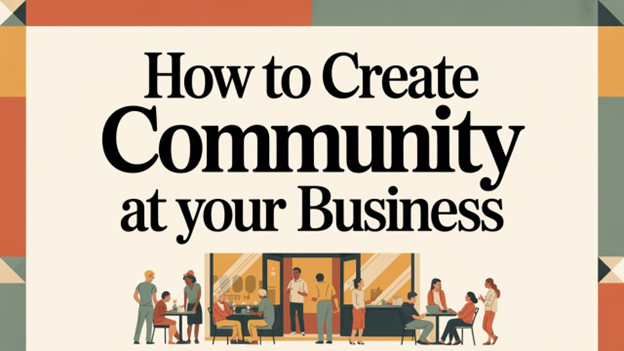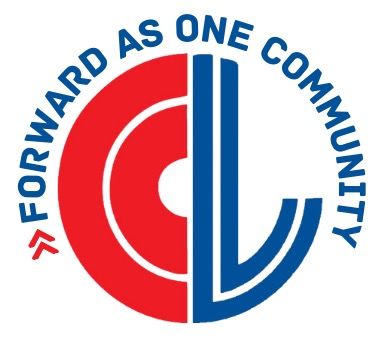Navigating the Uncertainty of New Ideas: Building Consensus in the Workplace
- Innovation is crucial for competitive advantage, but new ideas often face resistance due to differing perceptions and a lack of shared evaluation standards among decision-makers.
- Research shows that novel ideas encounter increased perceived risk when team members have varying opinions on their value, leading to reduced support.
- Establishing shared criteria for evaluating new ideas can reduce subjectivity, facilitate constructive discussions, and align teams toward common goals.
- Clear evaluation frameworks help manage diverse perspectives without chaos, promoting an environment where innovative ideas can thrive.
- Practical steps for leaders include holding pre-evaluation sessions to agree on criteria, understanding team perspectives, and implementing a scoring system for objective assessments.
670 words ~ 3.5 min. read
Innovation is often viewed as essential for gaining a competitive edge, but new ideas frequently face pushback within organizations. Research indicates that the uniqueness of an idea can lead to rejection because of perceived risks. Recently, it's become clear that there's a bigger issue: decision-makers often lack shared standards for assessing the value of an innovation. This disconnect causes differing views on the potential success of new ideas, which ultimately stifles innovation efforts. It’s important to address this disconnect, as bringing decision-makers together on standards can create a more supportive environment for innovation, driving progress and helping maintain a competitive edge.
Diverging Perceptions Make Innovation Feel Risky
A recent study shows that the more novel an idea is, the more opinions differ about its potential value, which can become a risk factor. When team members perceive the same idea very differently, the perceived risk associated with the innovation increases. As a result, people are less likely to support it—not because the idea is flawed, but due to a lack of shared understanding of its benefits or drawbacks.
Researchers found that differing views on an idea's potential create a psychological barrier to support, especially without a common framework for discussion. In these cases, decision-makers may rely on personal biases or past experiences, leading to the rejection of potentially groundbreaking ideas. This underscores the need for open dialogue and a shared understanding within teams so that innovative ideas receive the evaluation they deserve, rather than being dismissed too early.
The Importance of Shared Criteria for Evaluating Ideas
One main point from this research is the need for shared criteria when assessing new ideas. Without a common framework, discussions about innovation can become scattered and unproductive. When team members view an idea from different perspectives, it can lead to debates that focus more on defending personal opinions instead of objectively evaluating the idea.
To address this issue, leaders and teams should create clear and agreed-upon criteria for evaluating new ideas, which brings several benefits:
- Reduces Subjectivity: With a standardized set of criteria, teams are less likely to let personal biases or gut feelings influence evaluations. Discussions focus on measurable and relevant factors like market potential, feasibility, alignment with strategic goals, and the idea's ability to solve problems.
- Facilitates Constructive Discussions: Clear criteria allow discussions to center on how well an idea meets specific standards instead of arguing about the idea's validity. This approach fosters more productive conversations that can help improve an idea rather than dismissing it too soon.
- Encourages Diverse Input Without Chaos: Different perspectives are essential for innovation, but they must be managed effectively. Using clear evaluation criteria can help organize diverse ideas within a team by providing a common language and framework for discussion, reducing confusion and encouraging constructive feedback.
- Aligns Teams Around a Common Goal: When everyone understands what makes a "good idea" based on shared goals and criteria, it's easier to support new concepts. This alignment is essential for creating an innovative culture where new ideas are not only generated but also actively promoted and effectively implemented.
Practical Steps to Build Consensus on Innovation Evaluation
To create a more unified approach to evaluating new ideas, implement the following strategies:
- Hold Pre-Evaluation Sessions: Bring the team together to agree on evaluation criteria aligned with strategic objectives and innovation goals.
- Use a Scoring System: Implement a scoring system to objectively rate each idea based on the agreed criteria, making comparisons easier.
- Emphasize Psychological Safety: Foster an environment where team members feel safe to share diverse opinions, allowing for fair assessment of ideas.
Bottom Line
The journey from coming up with ideas to putting them into action can be uncertain, especially with new concepts. However, teams can manage this uncertainty better by setting up a common framework to evaluate new ideas. By agreeing on clear criteria, organizations can reduce perceived risks and foster a more inclusive and dynamic culture of innovation. The key to overcoming fear of the unknown is building consensus and trust, allowing teams to confidently embrace new ideas with clear strategies.
---
The Leavenworth-Lansing Area Chamber of Commerce is a private non-profit organization that aims to support the growth and development of local businesses and our regional economy. We strive to create content that not only educates but also fosters a sense of connection and collaboration among our readers. Join us as we explore topics such as economic development, networking opportunities, upcoming events, and success stories from our vibrant community. Our resources provide insights, advice, and news that are relevant to business owners, entrepreneurs, and community members alike. The Chamber has been granted license to publish this content provided by Chamber Today, a service of ChamberThink Strategies LLC.




